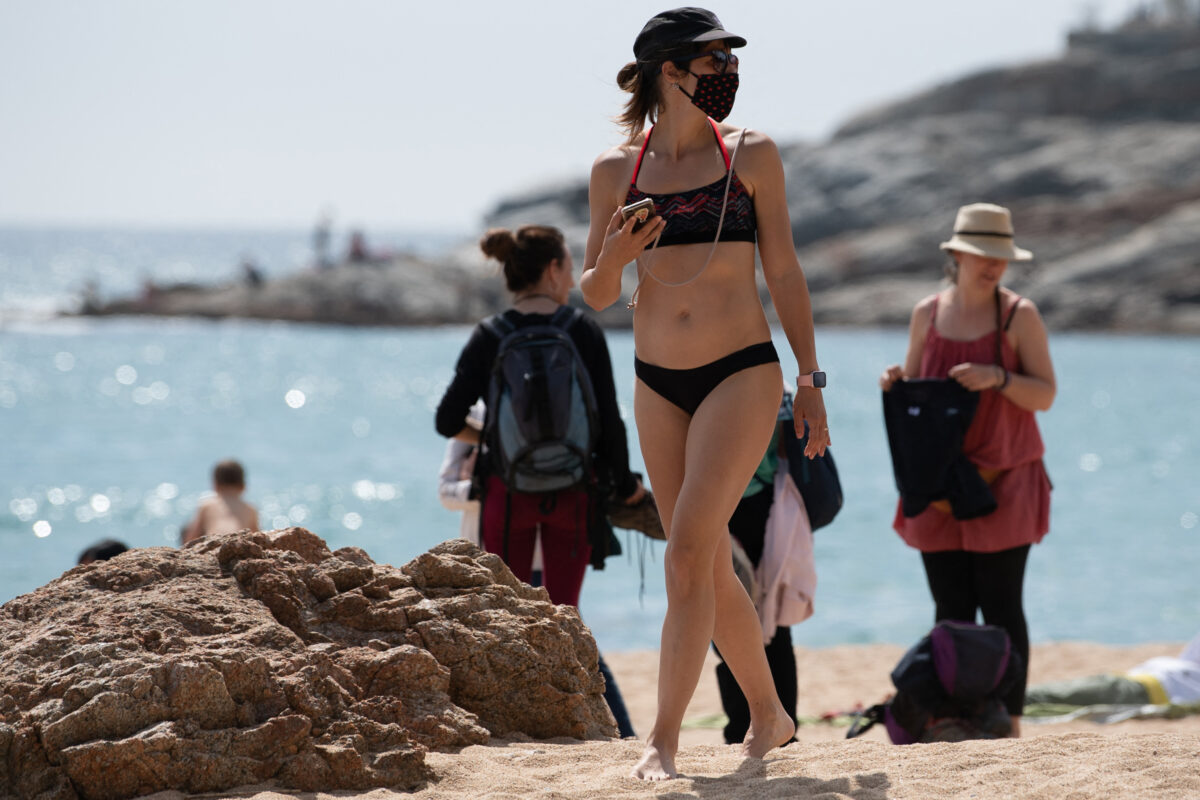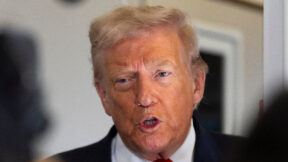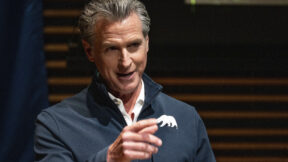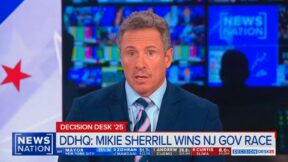CDC’s Warning On Outdoor Transmission Risk Called Out as ‘Misleading’ By NY Times: ‘A Huge Exaggeration’

JOSEP LAGO/AFP
The New York Times’ David Leonhardt is calling out the CDC’s warning of outdoor Covid-19 transmission risk in Tuesday’s Morning Newsletter in a manner that is sure to stir up debate about the efficacy/need for wearing masks outdoors.
At issue are new guidelines announced by the CDC last month for mask-wearing, which announced that “less than 10 percent” of Covid-19 transmission was occurring outdoors. But Leonhardt goes on to say that this number is “almost certainly misleading,” and cites experts who are much harsher on the leadership at the Centers for Disease Control and Prevention.
Leonhardt explains that 10% is”based partly on a misclassification of some Covid transmission that actually took place in enclosed spaces” which he explains later in the piece, but adds an even bigger reason to collectively raise our eyebrows towards the CDC: “the extreme caution of C.D.C. officials, who picked a benchmark — 10 percent — so high that nobody could reasonably dispute it.”
Leonhardt explains:
That benchmark “seems to be a huge exaggeration,” as Dr. Muge Cevik, a virologist at the University of St. Andrews, said. In truth, the share of transmission that has occurred outdoors seems to be below 1 percent and may be below 0.1 percent, multiple epidemiologists told me. The rare outdoor transmission that has happened almost all seems to have involved crowded places or close conversation.
Saying that less than 10 percent of Covid transmission occurs outdoors is akin to saying that sharks attack fewer than 20,000 swimmers a year. (The actual worldwide number is around 150.) It’s both true and deceiving.
This isn’t just a gotcha math issue. It is an example of how the C.D.C. is struggling to communicate effectively, and leaving many people confused about what’s truly risky. C.D.C. officials have placed such a high priority on caution that many Americans are bewildered by the agency’s long list of recommendations. Zeynep Tufekci of the University of North Carolina, writing in The Atlantic, called those recommendations “simultaneously too timid and too complicated.”
The risk of transmission of the potentially deadly Covid-19 outdoors has been a hotly debated topic, but even a year ago many public health and medical professionals publically stated that there was little need to wear a mask out of doors.
Nearly 600,000 Americans have died from Covid-19 since the pandemic started in the Spring of 2020, and so the extreme caution taken by public health experts for a novel coronavirus the likes of which we have never before seen is certainly understandable. But the level of caution one presents as a means to encourage mitigation should be somewhat tethered to reality, else there is the serious risk of losing credibility.




